Special Report
Best and Worst Gadgets of the Decade

Published:
Last Updated:

Each year, companies such as Apple, Microsoft, and Google attempt to dazzle us with the latest in whizbang technology. These corporate giants, and much smaller businesses, have transformed our society with products like smartphones, virtual reality devices, smart personal assistants, and drones that map our world and invade our privacy.
However, not every product can be an iPad, a laptop, or a smart thermostat that improves our standard of living.
As we near the end of 2019, 24/7 Tempo is taking a look at the best and worst gadgets over the past decade. We compiled our list based on information from technology company websites, technology media such as gizmodo.com and complex.com, Consumer Reports, and general media sources such as Time magazine.
Many of the gadgets we’ve come to take for granted are the products that are continuously improved and refined, such as smartphones and flat-screen televisions. Sometimes, these advancements are significant enough that they merit consideration such as the MacBook Air.
Other products such as Amazon’s Echo personal assistant line have mainstreamed artificial intelligence and become quite popular. At the same time, they’re raised privacy concerns about the ethics of these devices accessing our information without our knowledge. These are the surprising things the government knows about you.
Some gadgets flop, and all the big companies have had clunkers. A wif-fi-connected juicing machine might have seemed like a good idea, but the public did not buy in. Hoverboards that were the rage among kids a few years ago, caught fire and had to be pulled from the marketplace. And the promise of a wearable product like eyeglasses that could receive information failed to find an audience. Some of these are among the biggest product disappointments. Here are the worst product flops of all time.
Best:

1. iPad
> Year: 2010
> Company: Apple
Apple’s iPad created a new product category that took the public by storm in 2010. The device was easy on the fingers and did not require a stylus, in contrast to previous tablets. The iPad also did not need a lot of maintenance. Apple sold 4.2 million iPads in the first quarter after its launch, becoming one of the fastest-selling gadgets in history.
[in-text-ad]

2. Roku streaming box
> Year: 2010
> Company: Roku
The Roku streaming box, boosted by the Linux system, accelerated cable TV cord cutting. Roku had released an earlier device, but it did not have a bona fide HD streaming player. In 2010, the company released the Roku HD, which became immediately popular. That year, Roku also came out with the Roku SD and Roku HD-XR, which had different capabilities and price points.
3. MacBook Air
> Year: 2010
> Company: Apple
The ultra-light (2.5 pounds), ultra-thin (it tapers down to 1/10th of an inch) MacBook Air was touted by Apple CEO Steve Jobs as the future of computers. It would set the standard for future thinly created devices. The MacBook Air’s flash drive gave the device plenty of speed, and it retailed for a reachable $1,000.

4. Nest Learning Thermostat
> Year: 2011
> Company: Nest Labs
The Nest Learning Thermostat, developed by iPod creator Tony Fadell, is a smart device meant to identify and forecast usage patterns for heating and cooling a home. The device combined a striking color and visual display with software similar to that used by Apple. Google purchased Nest Labs in 2014 for $3.2 billion and made the device the focus of its smart home strategy. Nest also developed smoke detectors that can program themselves and connect with smartphones.
[in-text-ad-2]

5. Philips Hue Smart LED Light Bulbs
> Year: 2012
> Company: Philips
The Philips Hue Smart LED light bulbs allowed users to remotely control energy use at home by adjusting and scheduling lighting use from a smartphone app. Each bulb is capable of numerous different color schemes that users can select from a color palette.
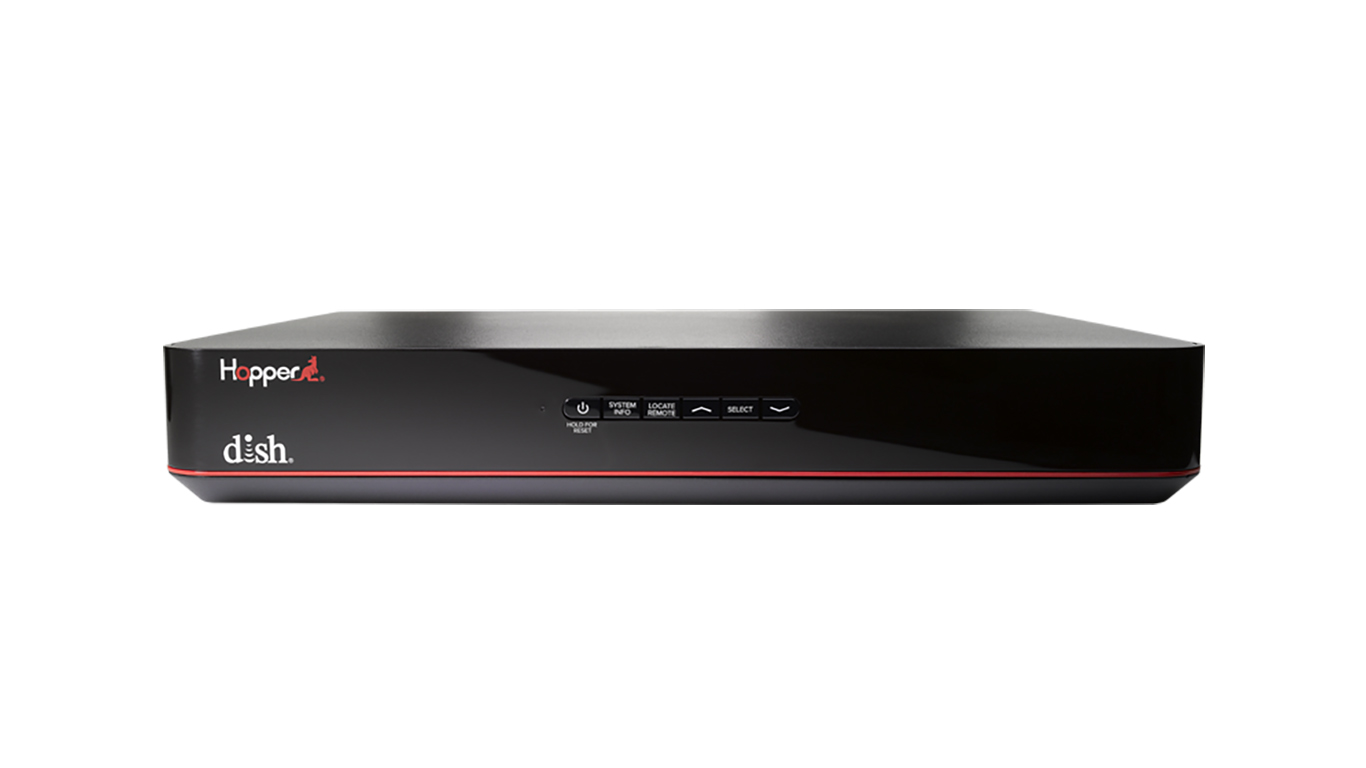
6. The Hopper
> Year: 2012
> Company: Dish Network
The Hopper is a digital video recording (DVR) device that stores recordings and provides playback on any TV. It has a disk drive of 2 trillion bytes, or 2 terabytes, enough to save a season’s worth of a series and binge-watch later. An added bonus is that the device allows users to skip over advertisements, which prompted complaints from television networks. Dish caved on the ad issue but won other concessions such as the ability to stream content from the networks.
[in-text-ad]

7. Chromecast
> Year: 2013
> Company: Google
When it first hit the market, the Chromecast retailed for $35. The device connects into a television’s HDMI port, then syncs up to Wi-Fi to stream — or cast — content from the internet. There is no remote control with the Chromecast. The gadget enables the user to back up audio or video from apps like Netflix and Pandora via computer or smartphone and then play the content on television.

8. Flex
> Year: 2013
> Company: Fitbit
The market for wearable technology shifted into a higher gear in 2013, when Fitbit’s Flex was introduced to consumers. The Fitbit Flex is an activity tracker that is worn on the wrist and is designed to encourage the wearer to live a more healthful lifestyle. It tracks the number of steps users take and calories burned. It became a popular Christmas gift in 2013. It was priced at $99 and, in 2015, Fitbit sold 20 million of them. The category has since become crowded with major companies such as Garmin and Apple developing competing products.

9. Echo
> Year: 2014
> Company: Amazon
Amazon’s Echo products have been key in mainstreaming artificial intelligence and AI assistants. People command the devices to play music, set alarms and reminders, make video calls, and even tell jokes. Amazon said in January that it had sold more than 100 million devices enabled with the Alexa voice. There are concerns that Amazon is using the devices to gather information about the users without their knowledge.
[in-text-ad-2]

10. Oculus Rift
> Year: 2016
> Company: Oculus VR
The Oculus Rift headset set the stage for modern virtual reality technology. The headset, which owes it beginnings to Palmer Luckey, who created it in his parents’ garage in Long Beach, California, was the first product to fully demonstrate the potential possibilities of virtual reality. VR is a big part of the gaming sector and is used as a learning aid in medicine and engineering.
11. Surface laptop
> Year: 2017
> Company: Microsoft
The Surface laptop was Microsoft’s first attempt at bringing a laptop to market and it was a success. The machine featured an Intel Core i5 or i7 processor, had a long battery life, and a large-enough 13.5-inch display. Microsoft’s strategy when it released the Surface laptop was to use it to showpiece its Windows 10 S operating system, a newer version of its famed Windows platform, that can only run programs from the company’s app store.
[in-text-ad]

12. DJI Osmo Pocket
> Year: 2018
> Company: Osmo
Dronemaker Osmo debuted its pocket handheld camera in 2018. Some technology writers balked at its $349 price tag but were won over once they started using it. Time-lapse, FaceTrack, and 10 Story Mode features helped create distinctive videos. Another key selling point is its three-axis gimbal that stabilizes the shot and makes footage smooth and appear professional.

13. Folding screens
> Year: 2019
> Company: Huawei
Huawei’s Mate X folding screen phone wowed attendees at the Mobile World Congress in Barcelona earlier this year with its 8-inch, plastic organic light-emitting diode (OLED) display that folded outward, not inward. The Mate X provides a tablet-sized screen when extended. The device will set you back a bit — its price tag is about $2,600.
Worst:

1. Wave
> Year: 2010
> Company: Google
Wave was much-hyped as a new technology, with Google describing it as “what e-mail would look like if it were invented today.” It was expected to merge social networks, email, messages, and wikis together into one joint stream. But Wave was shuttered in 2012 after failing to gain substantial user traction.
[in-text-ad-2]
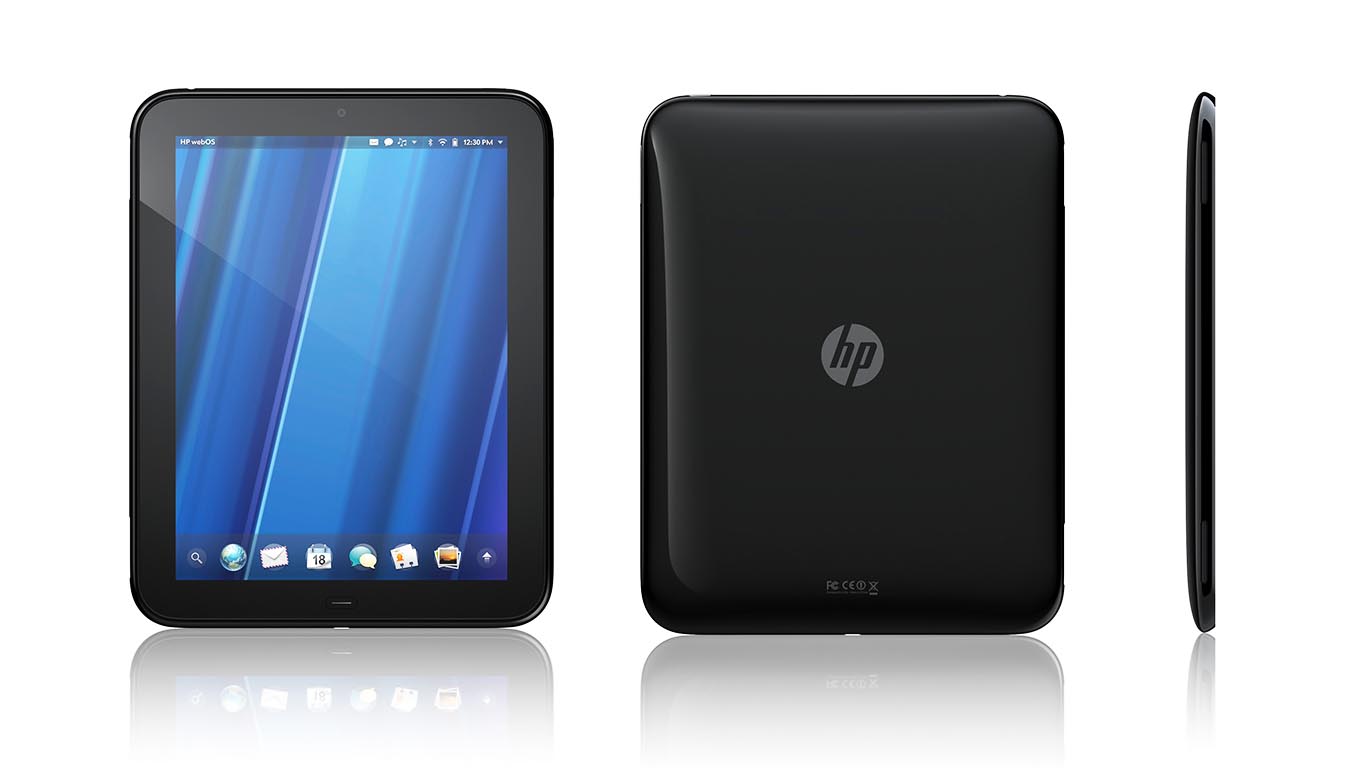
2. HP TouchPad
> Year: 2011
> Company: Hewlett Packard
Hewlett Packard’s TouchPad was the company’s response to Apple’s successful iPad. It was believed that because of the device’s exceptional processing speeds and video capabilities it would be successful. Unfortunately for HP, it was a major failure and was discontinued almost immediately. The company wrote off $885 million in assets in 2011 related to terminating devices such as TouchPad.
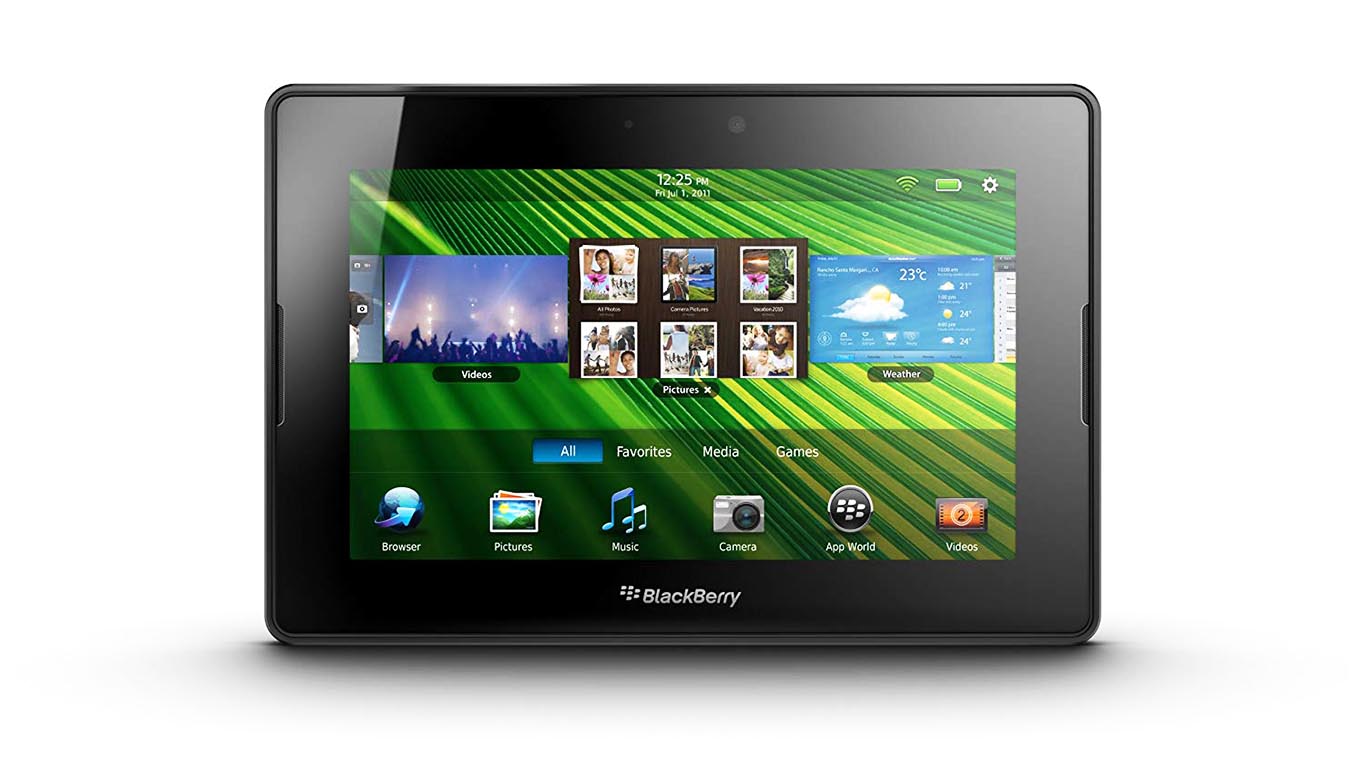
3. BlackBerry Playbook
> Year: 2011
> Company: Research in Motion
Research in Motion (now BlackBerry) took a $485 million hit in 2011 to help push its unsold inventory of the PlayBook tablet not long after its launch. The tablet could not compete with products from Apple, Android, or Amazon, and in 2013, the company announced the device would not be updated to the current operating system, thereby leaving it in the past.
[in-text-ad]
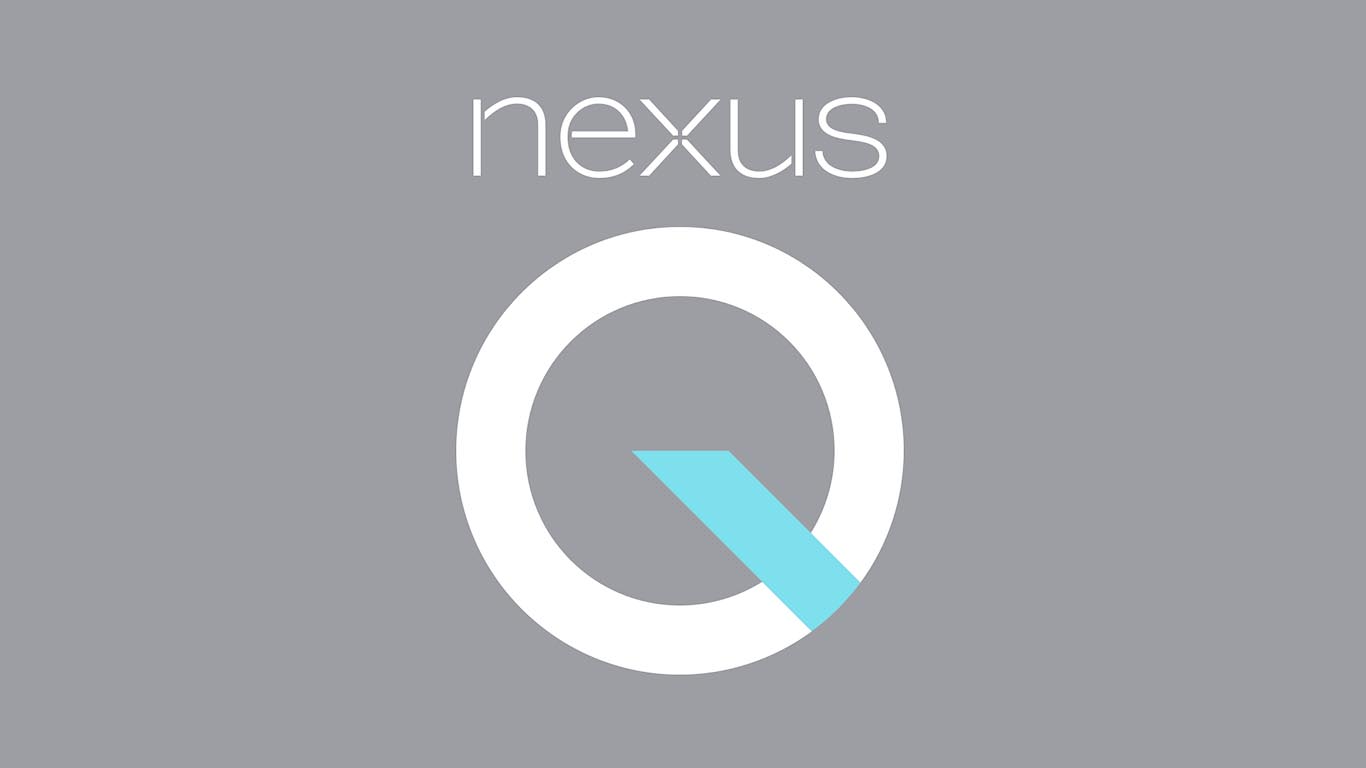
4. Nexus Q
> Year: 2012
> Company: Google
Google unveiled its digital media player Nexus Q at Google I/O in 2012. The device was criticized for being overpriced and having a limited range of capabilities. The company responded by saying it would consider the feedback, and quietly killed the device in 2013.

5. Apple Maps
> Year: 2012
> Company: Apple
Apple Maps was a technical mess when it was first released with iOS 6. Maps was missing cities, mislabeling infrastructure, it had corrupt satellite data, and other issues. Apple CEO Tim Cook had to issue a public apology for the widespread inconvenience. Google quickly released a new version of Google Maps app later that year, which soon became the most downloaded free app in the App Store.
6. Google Glass
> Year: 2013
> Company: Google
While highly innovative, Google Glass — computerized smart glasses — failed to catch on with the general public. The headset was expensive, costing $1,500 for those taking part in the beta test. It was also too conspicuous an item for many — and not just wearers, but also for people around them who felt uncomfortable. Google put the product on hiatus in 2015 but introduced the new Glass Enterprise Edition 2 in May 2019.
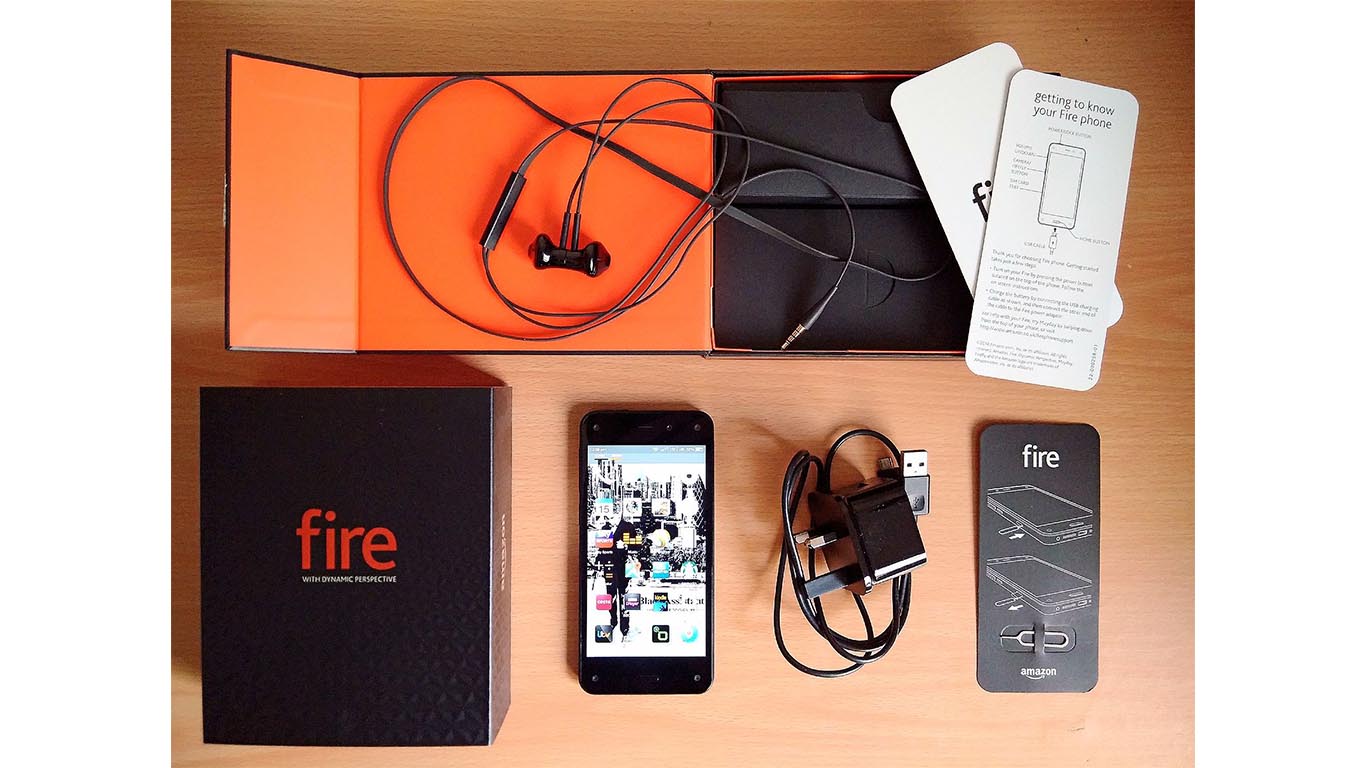
7. Fire phone
> Year: 2014
> Company: Amazon
Following the success of its Kindle Fire tablets, Amazon set out to compete against the iPhone and Android with the Fire phone. Despite dropping the smartphone’s price from $200 to 99 cents, Amazon was forced to take a $170 million writedown on unsold phones. The Fire phone was retired in 2015.

8. Hoverboards
> Year: 2016
> Company: Swagway
The general public has eagerly anticipated the arrival of consumer-grade hoverboards for years. The technology has faced an uphill battle, however. As the popular two-wheel model began to catch on, the U.S. International Trade Commission issued an order essentially banning the import of all hoverboards into the United States due to patent claims by Segway. In another setback, the U.S. Consumer Product Safety Commission recalled 500,000 hoverboards from eight different brands in 2016 due to their propensity to catch on fire.
[in-text-ad]
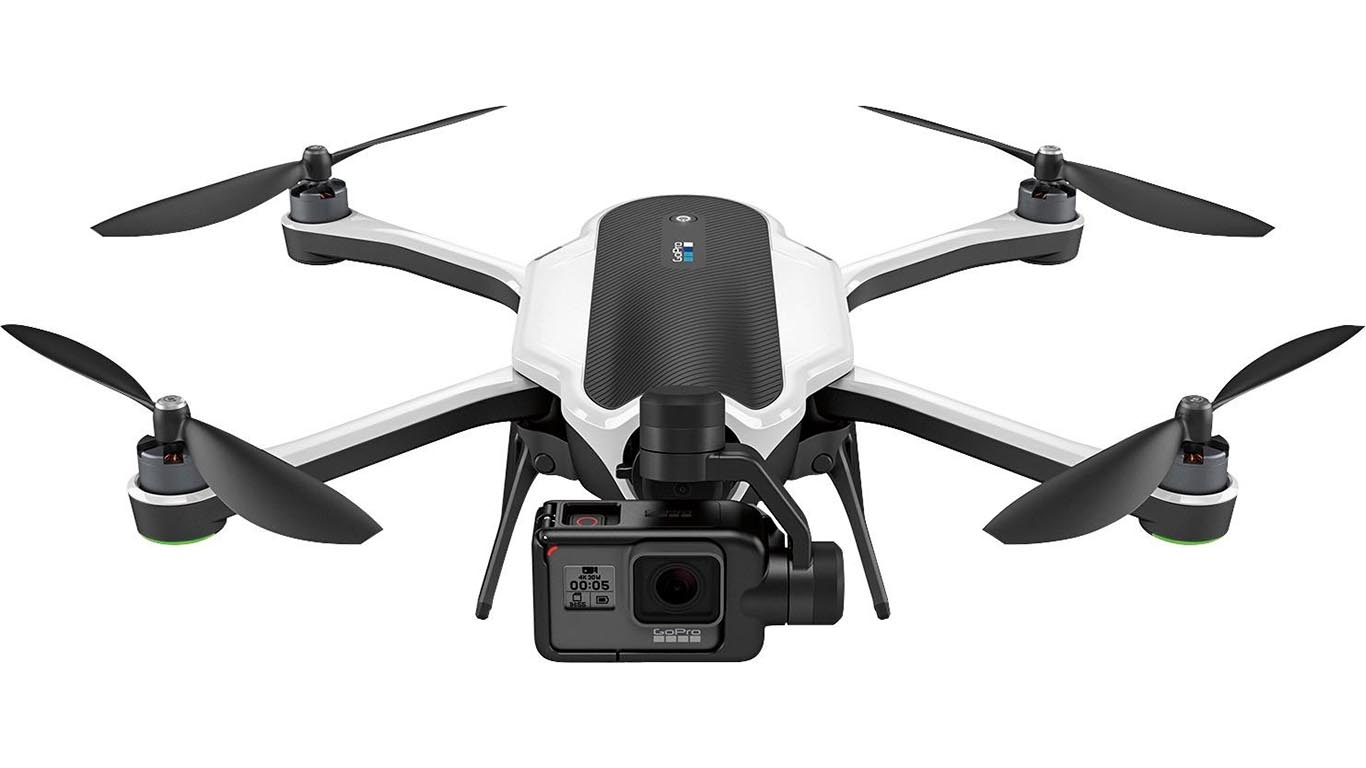
9. GoPro Karma
> Year: 2016
> Company: GoPro
GoPro’s entrance into the drone market with GoPro Karma made perfect sense. Unfortunately, numerous Karma drones began to lose power while in use and plummet from the sky. The company had to recall 2,500 units of the drone.
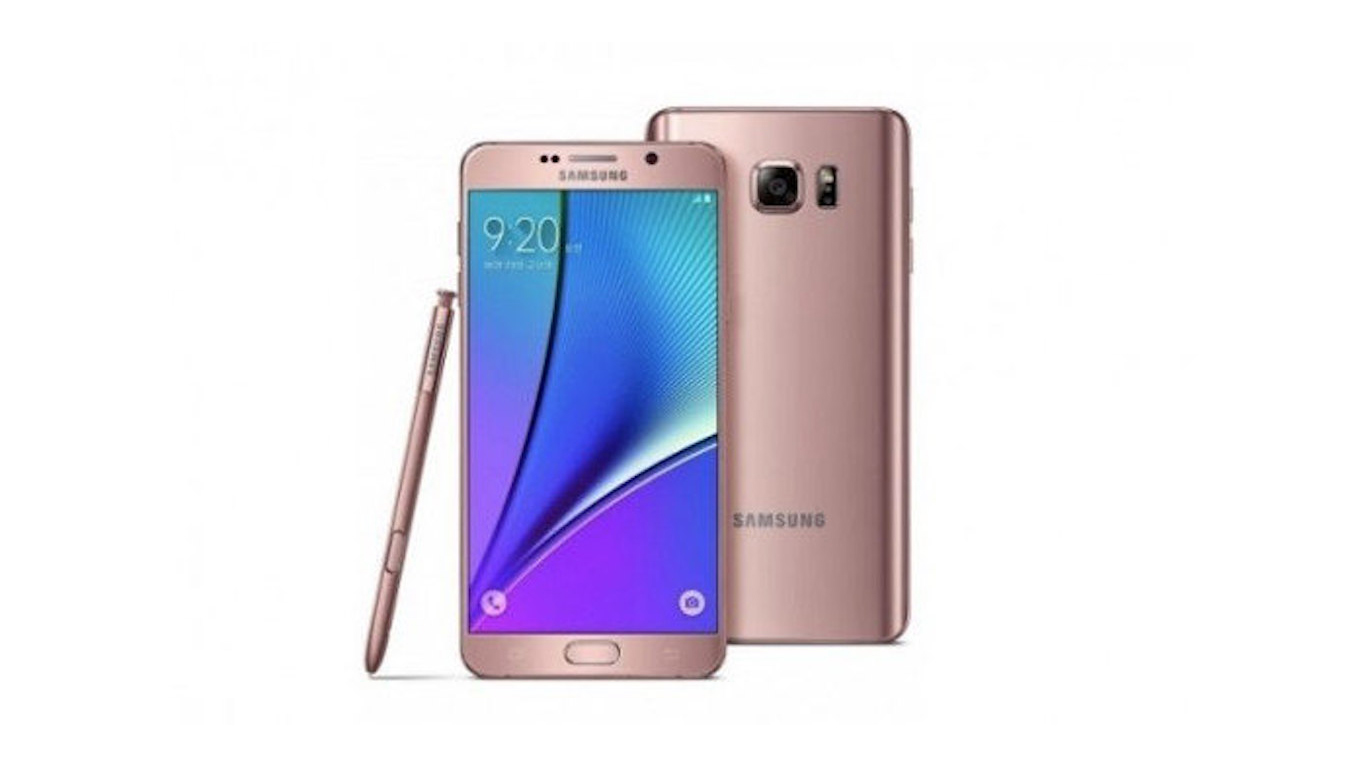
10. Galaxy Note 7
> Year: 2016
> Company: Samsung
Samsung encountered a hiccup in its popular line of Galaxy smartphones with the Galaxy Note 7. The problem was that phones were exploding due to faulty batteries. The Department of Transportation banned the devices from U.S. flights in October of 2016. The company recalled millions of devices before shutting down production of the phone, leading to a $2.3 billion writedown.

11. Juicero juicing machine
> Year: 2017
> Company: Juicero
It didn’t take long for Juicero — the company behind a $400 Wi-Fi-connected juicer — to go under. Not only was the machine highly expensive, but it also required users to purchase a subscription for blended produce packets needed to make the juice. Juicing standard fruits and veggies was beyond its capabilities. The startup shut down operations in 2017.
[in-text-ad-2]
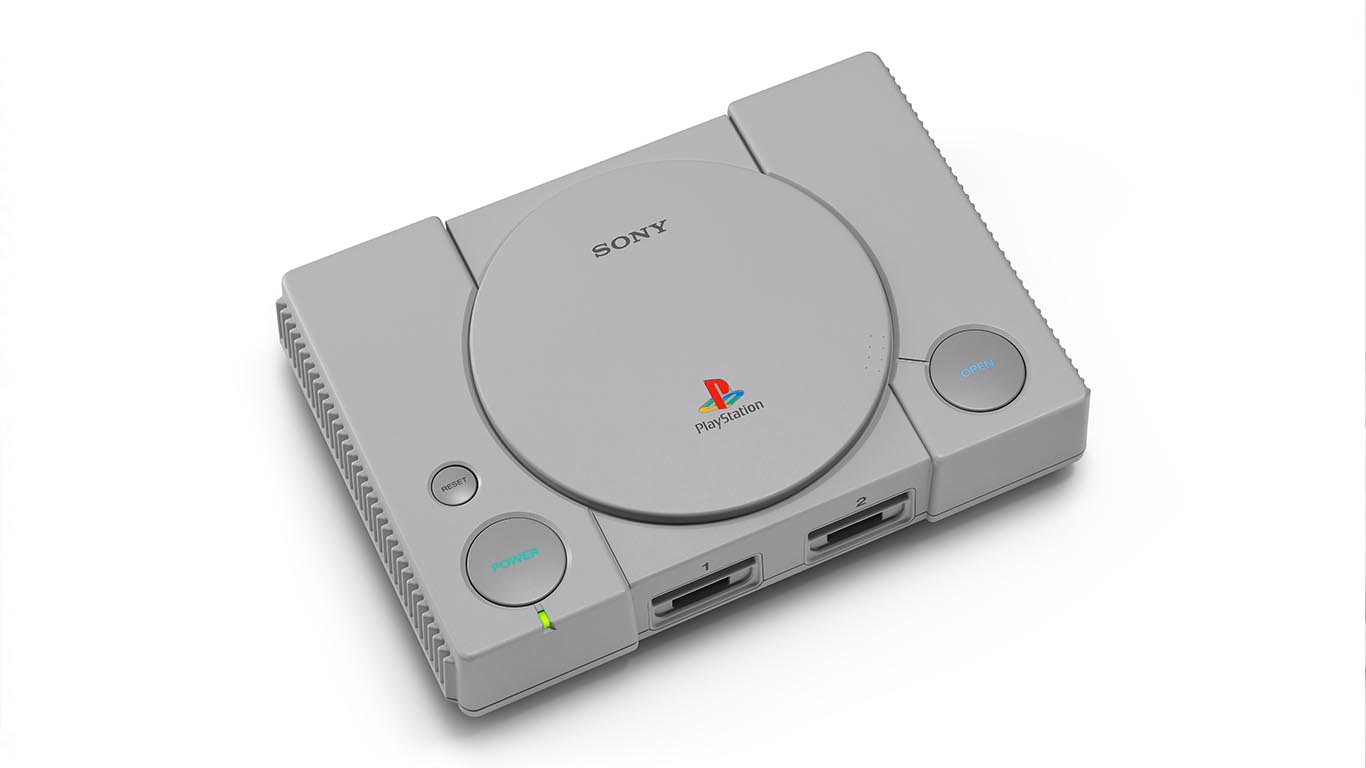
12. PlayStation Classic
> Year: 2018
> Company: Sony
Nostalgia for old gaming systems is strong, as evidenced by the success of Nintendo’s NES Classic and SNES Classic mini-consoles. Sony, however, missed the mark with its PlayStation Classic. The system was released with limited game options — classics like Gran Turismo, Crash Bandicoot, and Tomb Raider were all unavailable. Many of the games that were released were available in their PAL versions, a television standard not traditionally used in the United States.
The thought of burdening your family with a financial disaster is most Americans’ nightmare. However, recent studies show that over 100 million Americans still don’t have proper life insurance in the event they pass away.
Life insurance can bring peace of mind – ensuring your loved ones are safeguarded against unforeseen expenses and debts. With premiums often lower than expected and a variety of plans tailored to different life stages and health conditions, securing a policy is more accessible than ever.
A quick, no-obligation quote can provide valuable insight into what’s available and what might best suit your family’s needs. Life insurance is a simple step you can take today to help secure peace of mind for your loved ones tomorrow.
Click here to learn how to get a quote in just a few minutes.
Thank you for reading! Have some feedback for us?
Contact the 24/7 Wall St. editorial team.